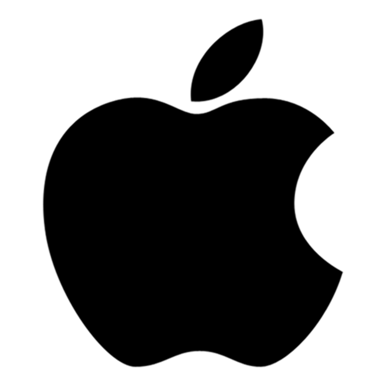There’s been much talk about Liquidmetal as of late, with the rumor mill speculating Apple would use it to encase its upcoming iPhone device.
Of course, while exciting – especially given the beautiful concept drawn up by French designer Antoine Brieux – we were a little cautious in throwing ourselves head-first into the vortex of speculation. After all, the rumors were nothing new, and kept us duly occupied in the build-up to the release of the iPhone 4S back in October.
Now, though, Liquidmetal’s creator has spoken out about his invention, and in an interview with Business Insider, has given the tech world something to beam about. Apple acquired exclusive rights to use Liquidmetal in gadgets back in 2010, but the robust, durable alloy has sat dormantly – having only been utilized as the SIM ejector pin for the iPhone and iPad. But if the utterances of Atakan Parker, the brains behind the technology, are anything to go by, much of the Cupertino company’s product range could eventually begin to enjoy the benefits of Liquidmetal.
He talked about the various ins and outs of Liquidmetal, which is – for the uninitiated – essentially the collective trade name for a collection of metallic alloys. Parker discovered and developed original alloy formulations while studying PhD thesis with Professor Johnson at Caltech, and it’s described as incredibly strong, scratch and corrosion resistant, and can be precisely molded into complex shapes.
While the concoction is certainly exciting, Parker denied it had been perfected, and because it’s a completely new and different metal technology, there isn’t, as he puts it, a “suitable manufacturing infrastructure yet to take full advantage of this alloy technology,” thus before Apple is to fully unleash Liquidmetal, it will probably spend in the region of $300 million to $500 million to mature the technology over the course of a few years.
He believes Apple will use it in a “breakthrough” product, although contrary to some rumors, he reckons Liquidmetal casing is unlikely to be used on MacBooks in the any time soon:
I expect Apple to use this technology in a breakthrough product [bringing] an innovative user interface and industrial design together, [which would be] difficult to copy or duplicate with other material technologies.
When it comes to future plans, Apple sets the benchmark in what it means to remain tight-lipped, thus it’s unsurprising that details are scarce. On this occasion, it would seem Apple doesn’t even know the extent of its use and implementation, and taking into consideration Parker’s insight, it doesn’t look as though we’ll be seeing a Liquidmetal iPhone this year.
You can follow us on Twitter, add us to your circle on Google+ or like our Facebook page to keep yourself updated on all the latest from Microsoft, Google, Apple and the web.

